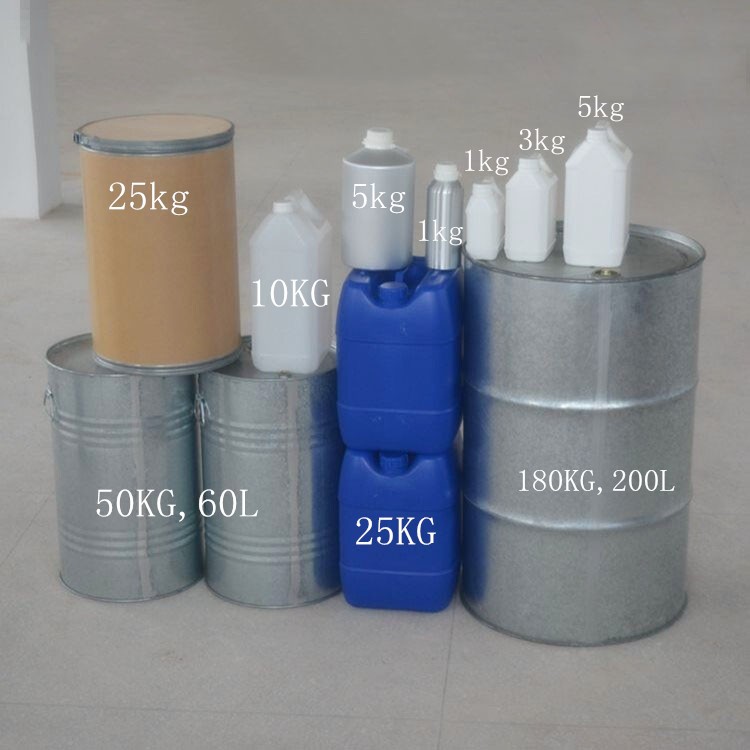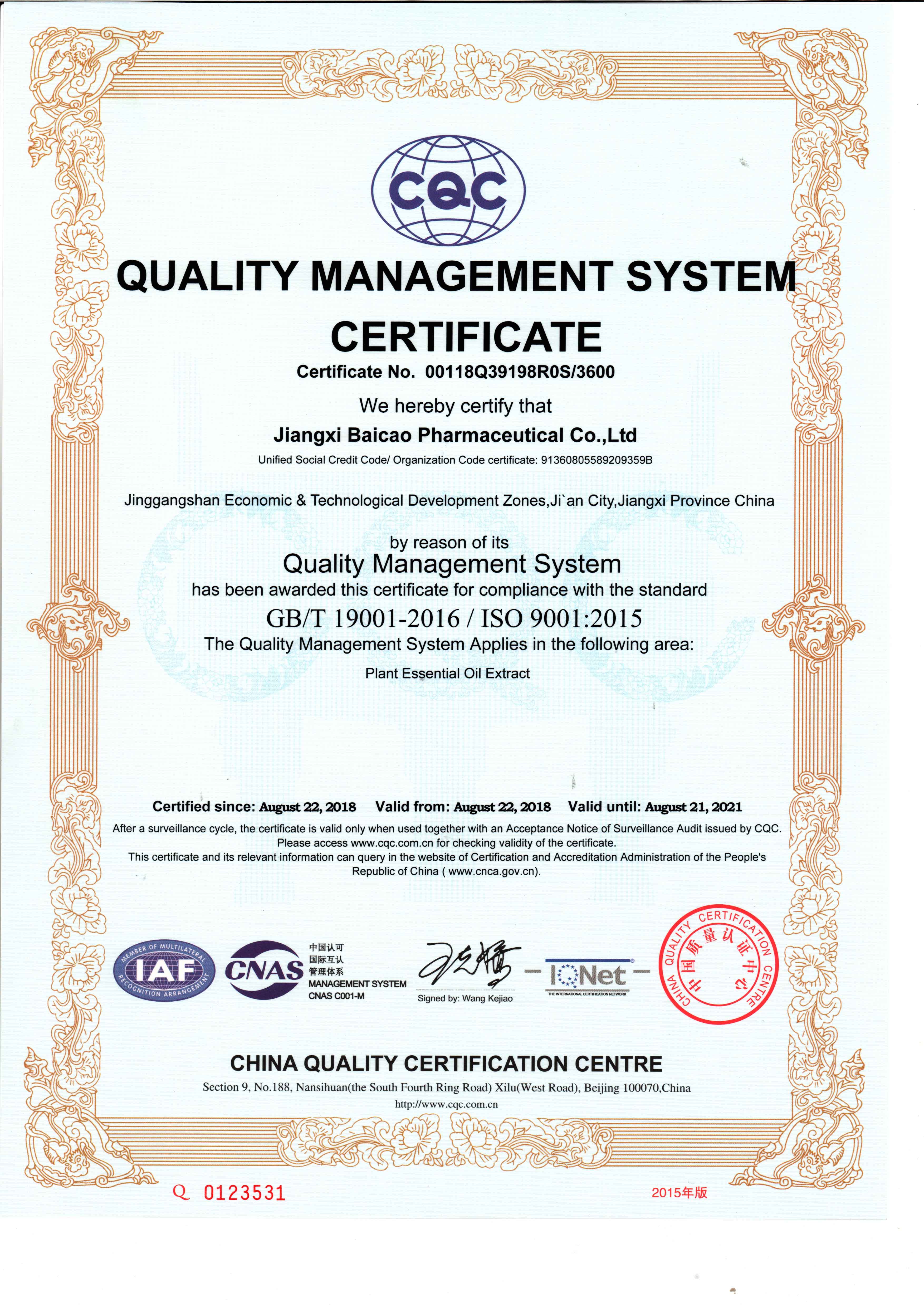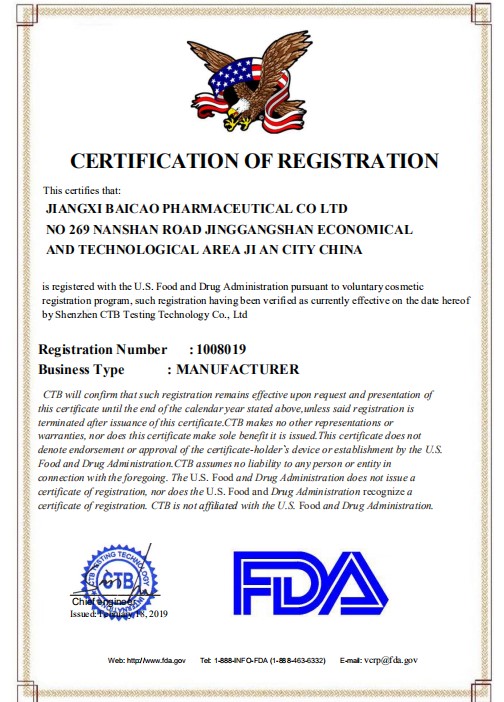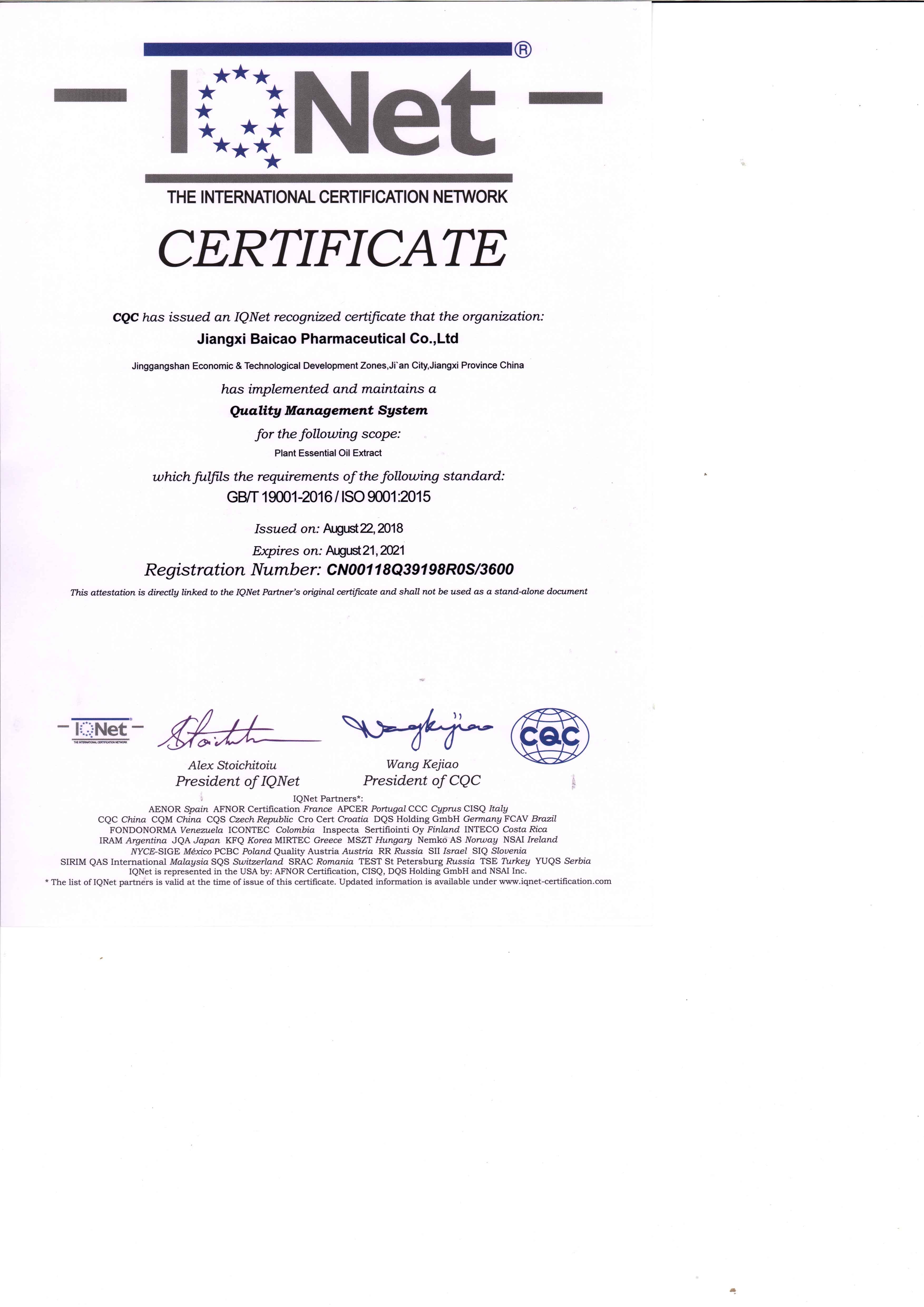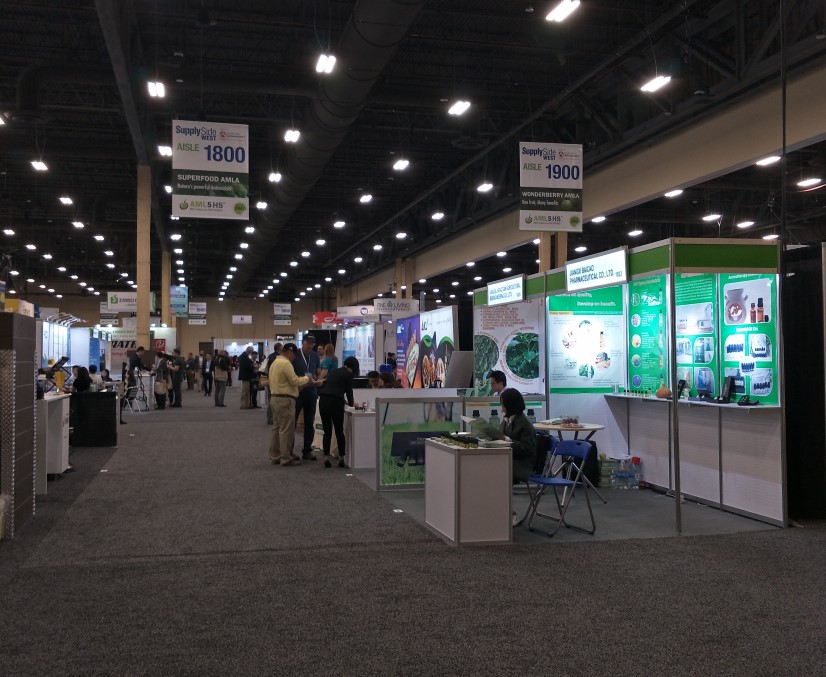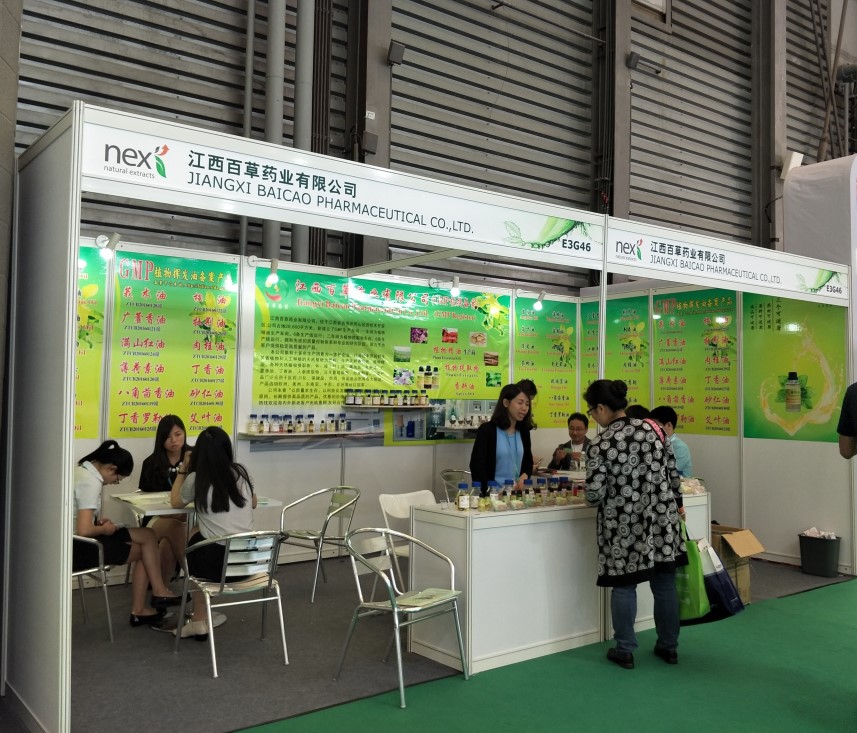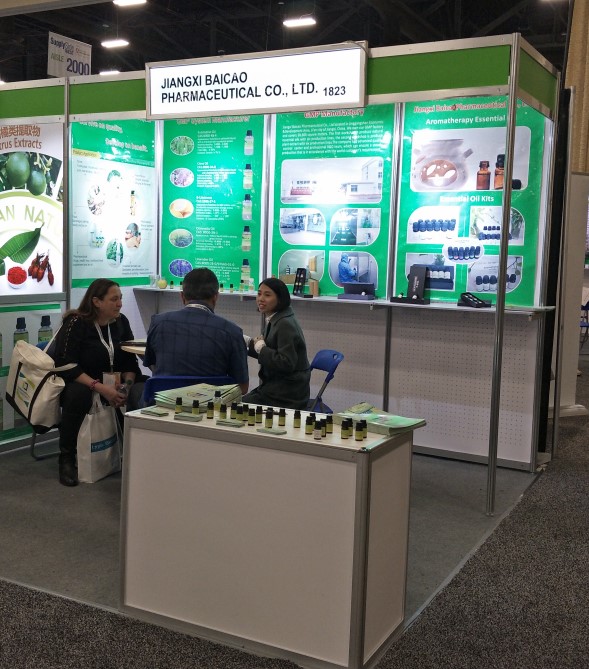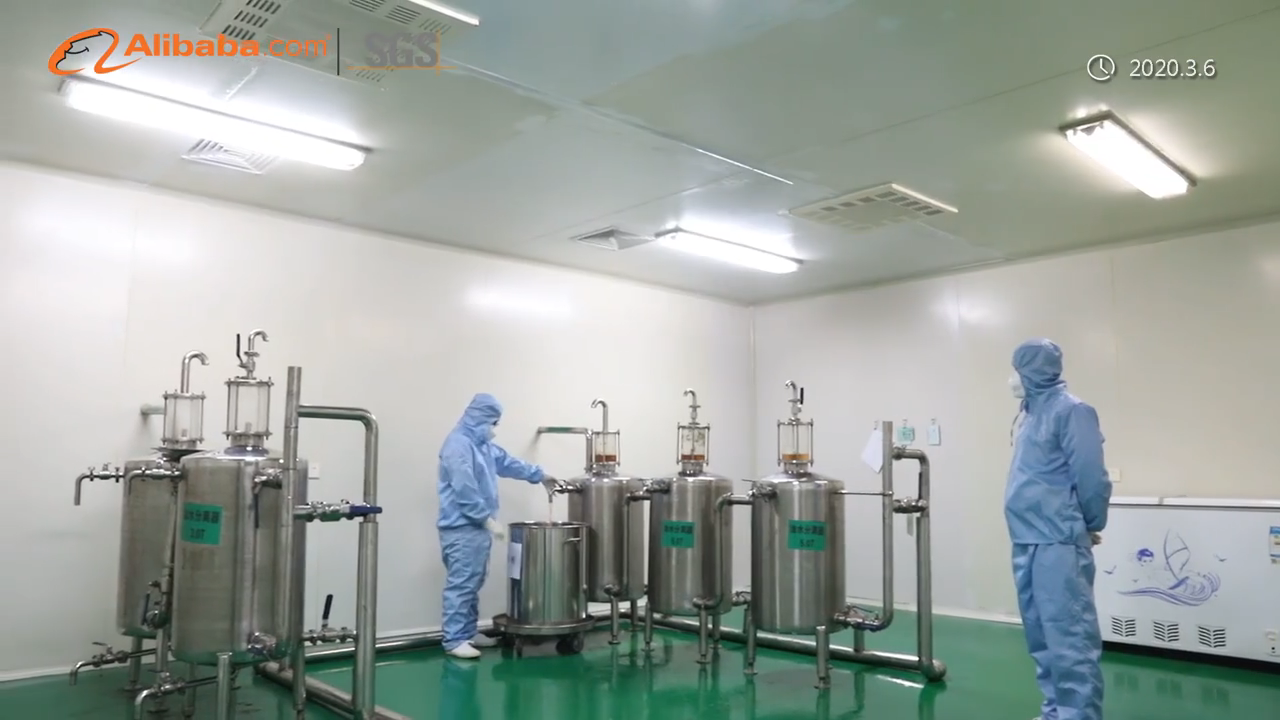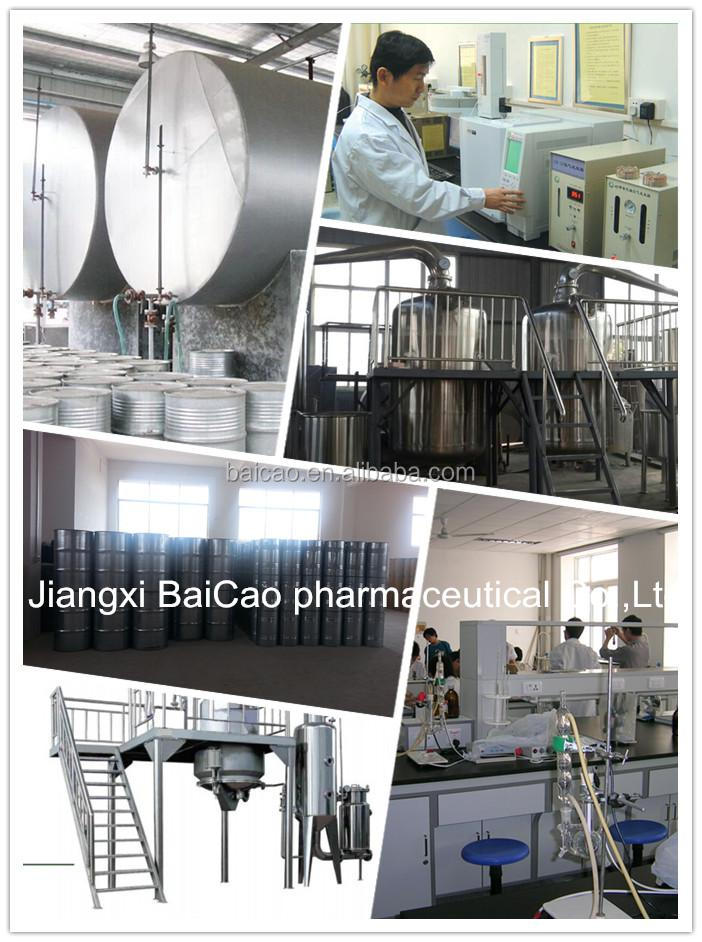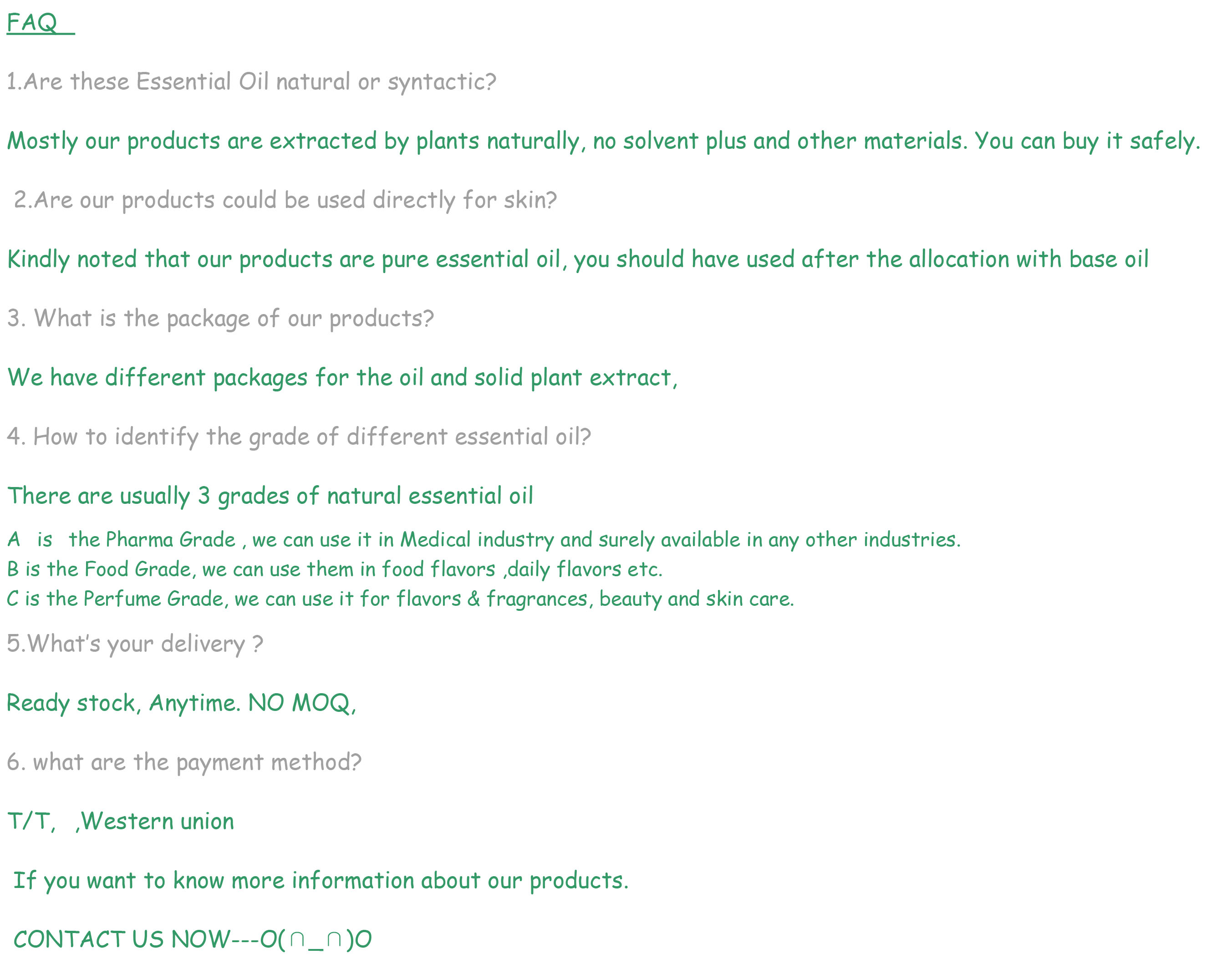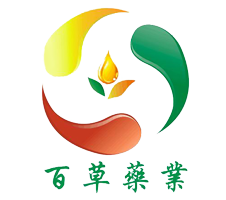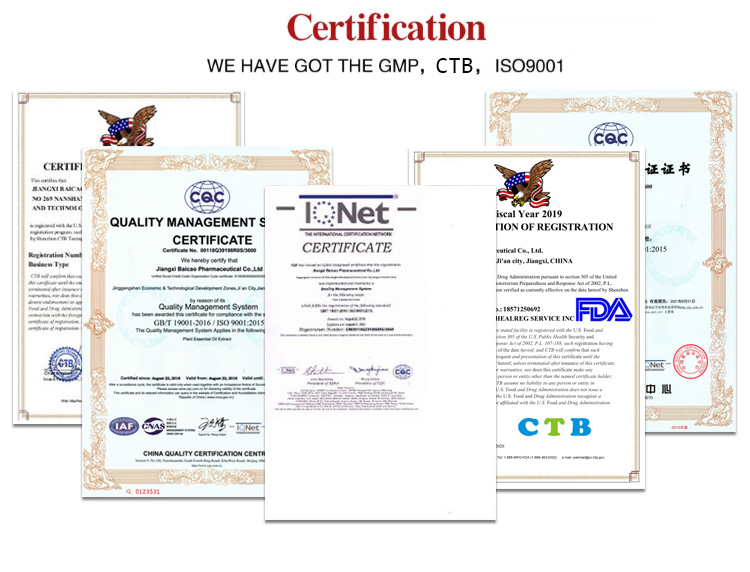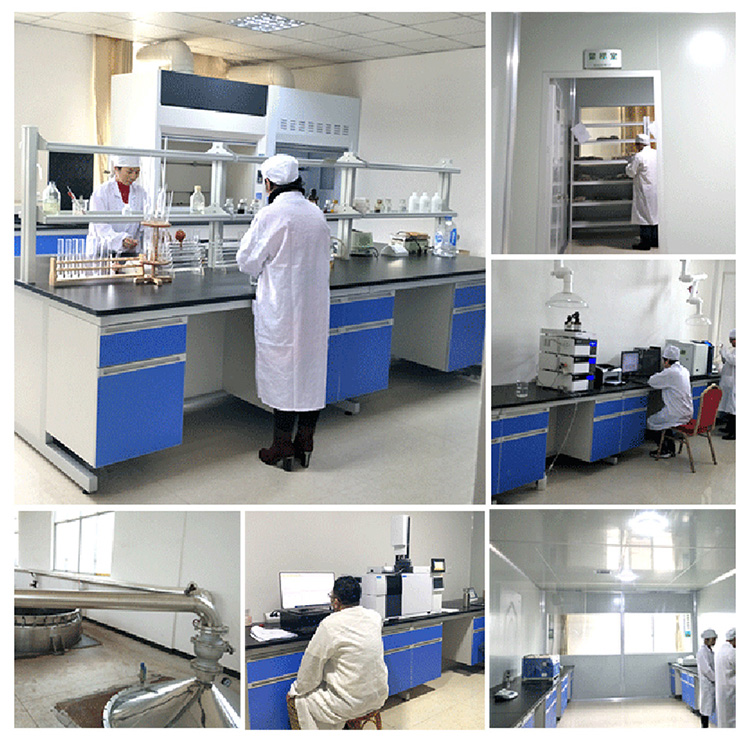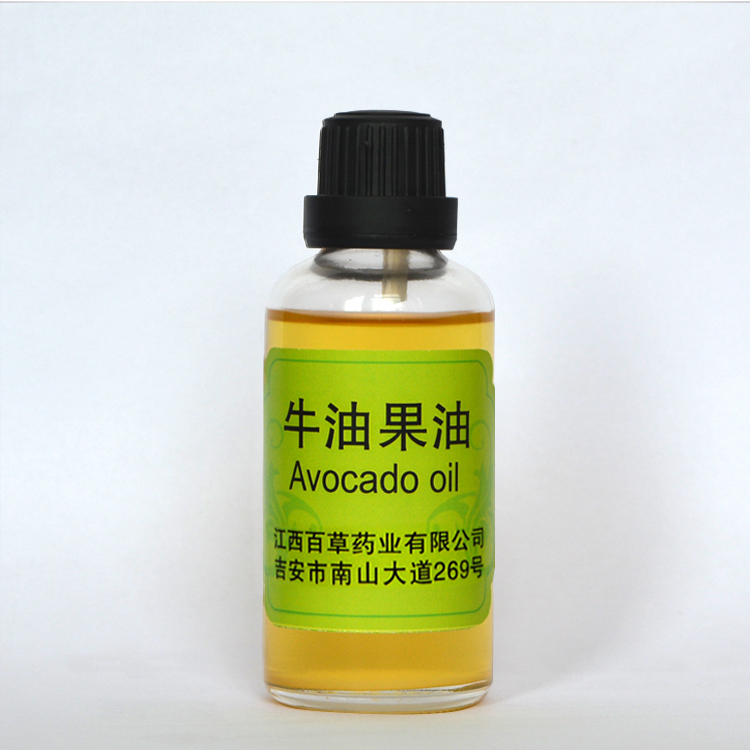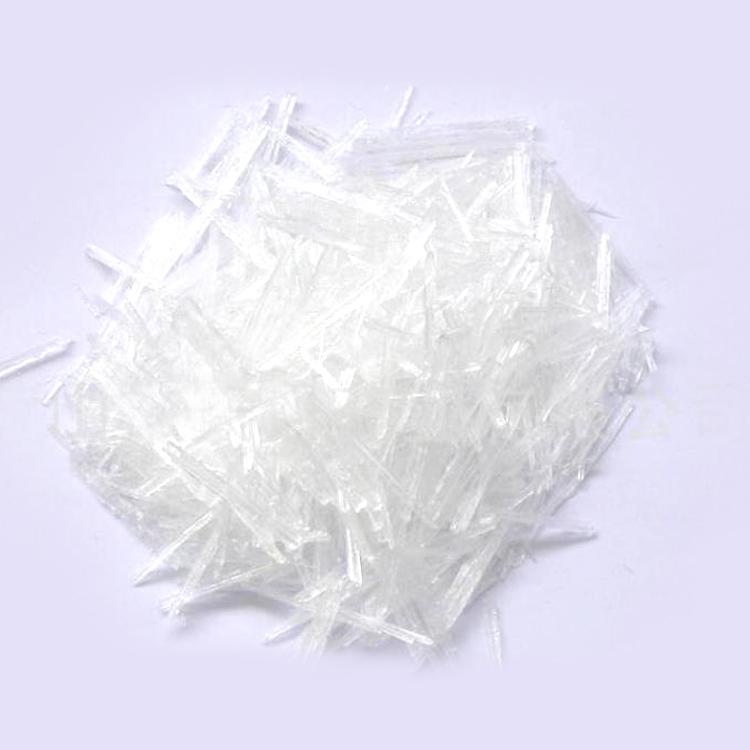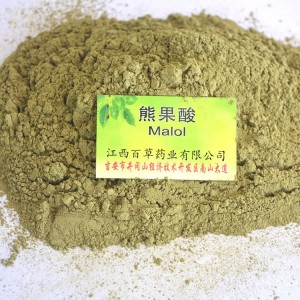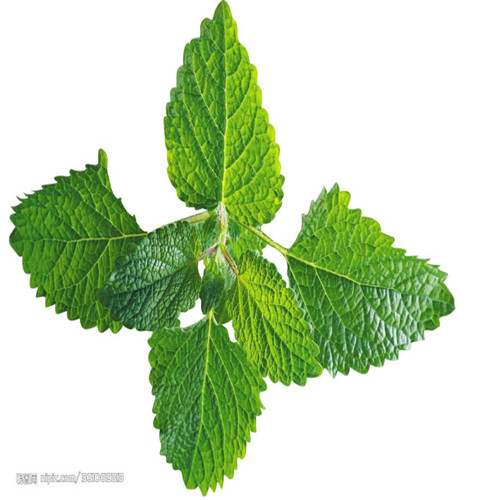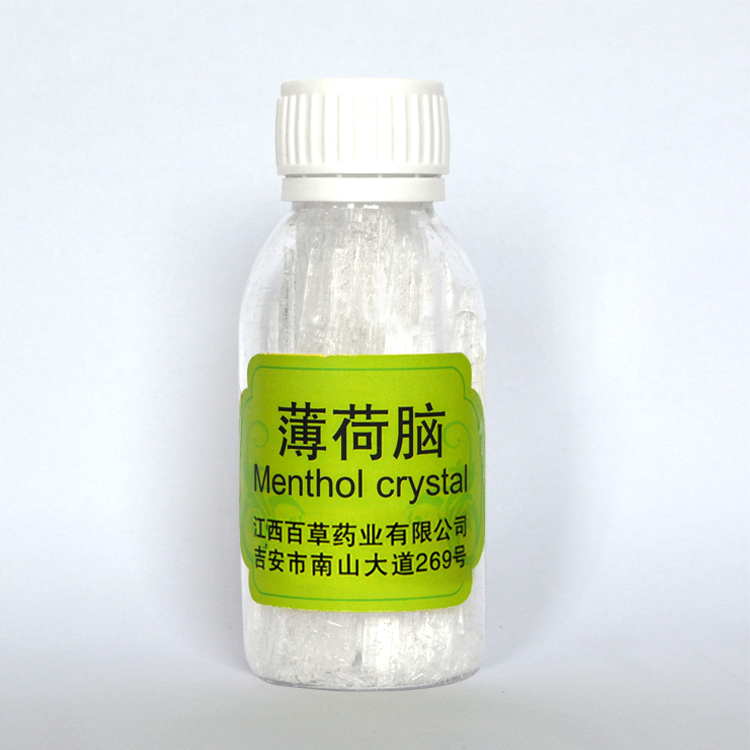Good quality best price Camphor
- Type:
-
Other Household Chemicals
- Season:
-
All-Season
- Shape:
-
Solid
- Feature:
-
Sustainable
- Place of Origin:
-
Jiangxi, China
- Brand Name:
-
Baicao
- Active ingredient content:
-
50%(Include)-80%
- color:
-
White
- Function:
-
Air, Insect repellent
- Usage:
-
Storage Room
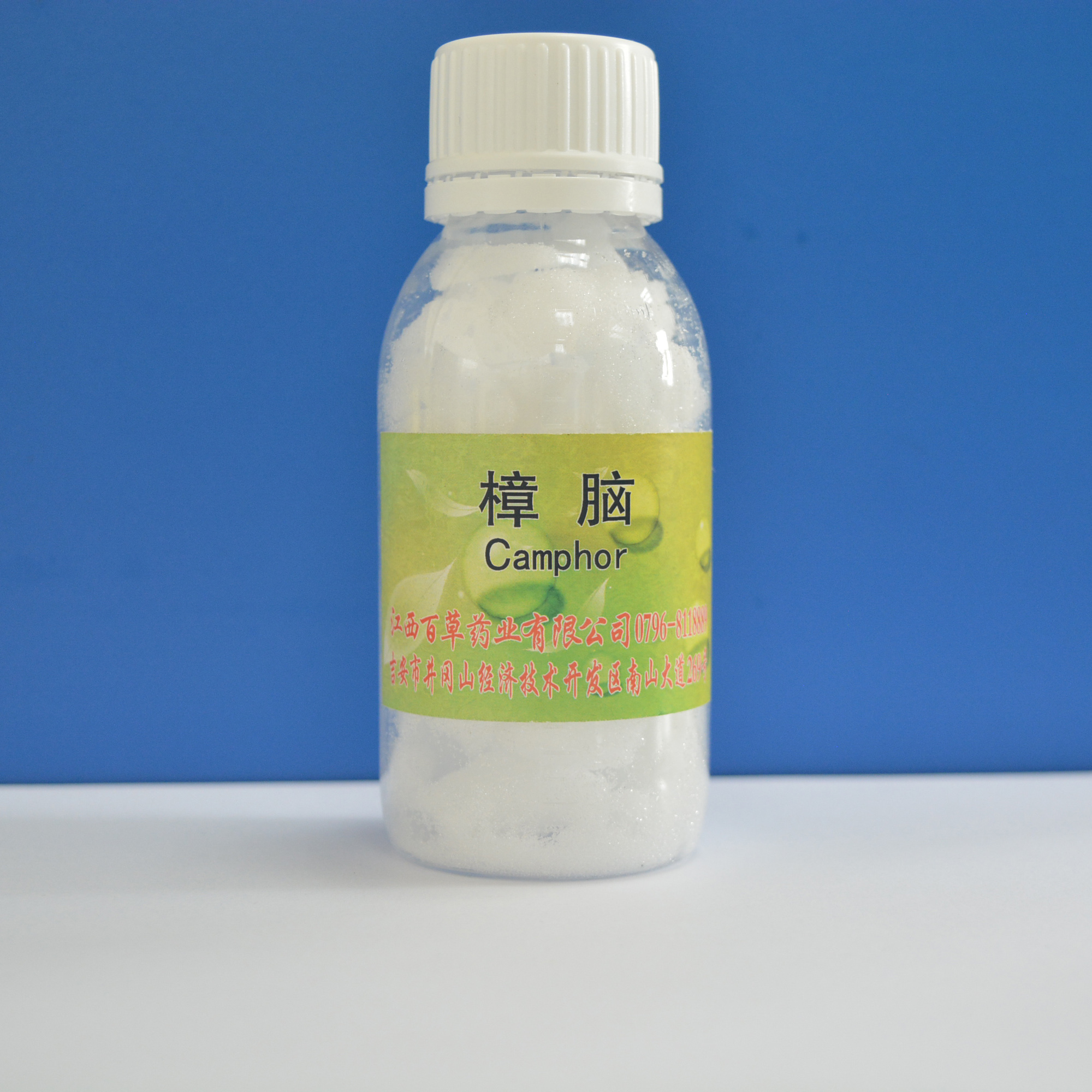
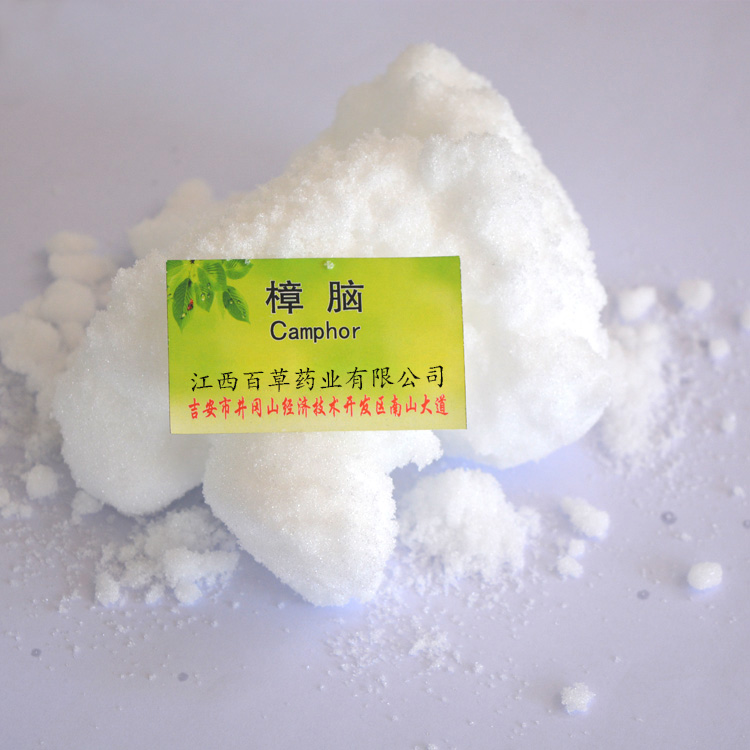
|
item
|
value
|
|
Type
|
Other Household Chemicals
|
|
Shape
|
Solid
|
|
Feature
|
Eco-Friendly
|
|
Place of Origin
|
China
|
|
Jiangxi
|
|
|
Brand Name
|
Baicao
|
|
Active ingredient content
|
50%-80%
|
|
color
|
White
|
|
Function
|
Air, Insect repellent
|
|
Usage
|
Storage Room
|
Camphor is a white, waxy organic compound that is incorporated in lotions, ointments, and creams. Camphor is also an active ingredient that is integrated into a majority of over-the-counter medications for cold and cough relief. Camphor oil is obtained from camphor tree wood, where the extract is processed through steam distillation. It has a pungent odor and a strong taste, and it can be absorbed into the skin easily. Currently, synthetic camphor is extracted from turpentine, and it is considered safe for use as long as appropriate indications are upheld.
Cinnamomum camphora, Lodine and cemphire should not be prescribed to a person who is allergic to camphor or its constituent ingredients.
Camphor is safe when used appropriately hence one should confirm that its composition in camphor products does not exceed 11%. A skin patch test is highly recommended before application of camphor products onto the skin.
Camphor products should not be applied onto injured or broken skin as toxic levels of the product may be absorbed into the body. Camphor may also induce respiratory issues such as wheezing when inhaled.
Major component in pine oil (quoted, Verschueren, 1983). Also present in a variety of rosemary shoots (330–3,290 ppm) (Soriano-Cano et al., 1993), anise-scented basil leaves (1,785 ppm) (Brophy et al., 1993), Iberian savory leaves (2,660 ppm) (Arrebola et al., 1994), African blue basil shoots (7,000 ppm), Greek sage (160–5,040 ppm), Montane Mountain mint (3,395–3,880 ppm), yarrow leaves (45–1,780 ppm), and coriander (100–1,300 ppm) (Duke, 1992).
